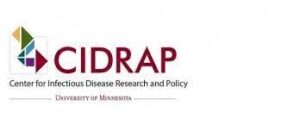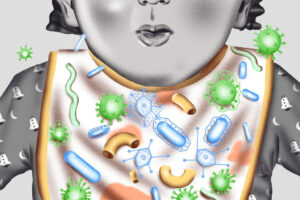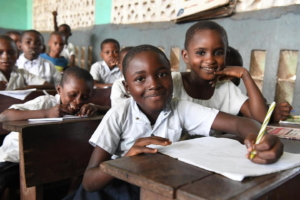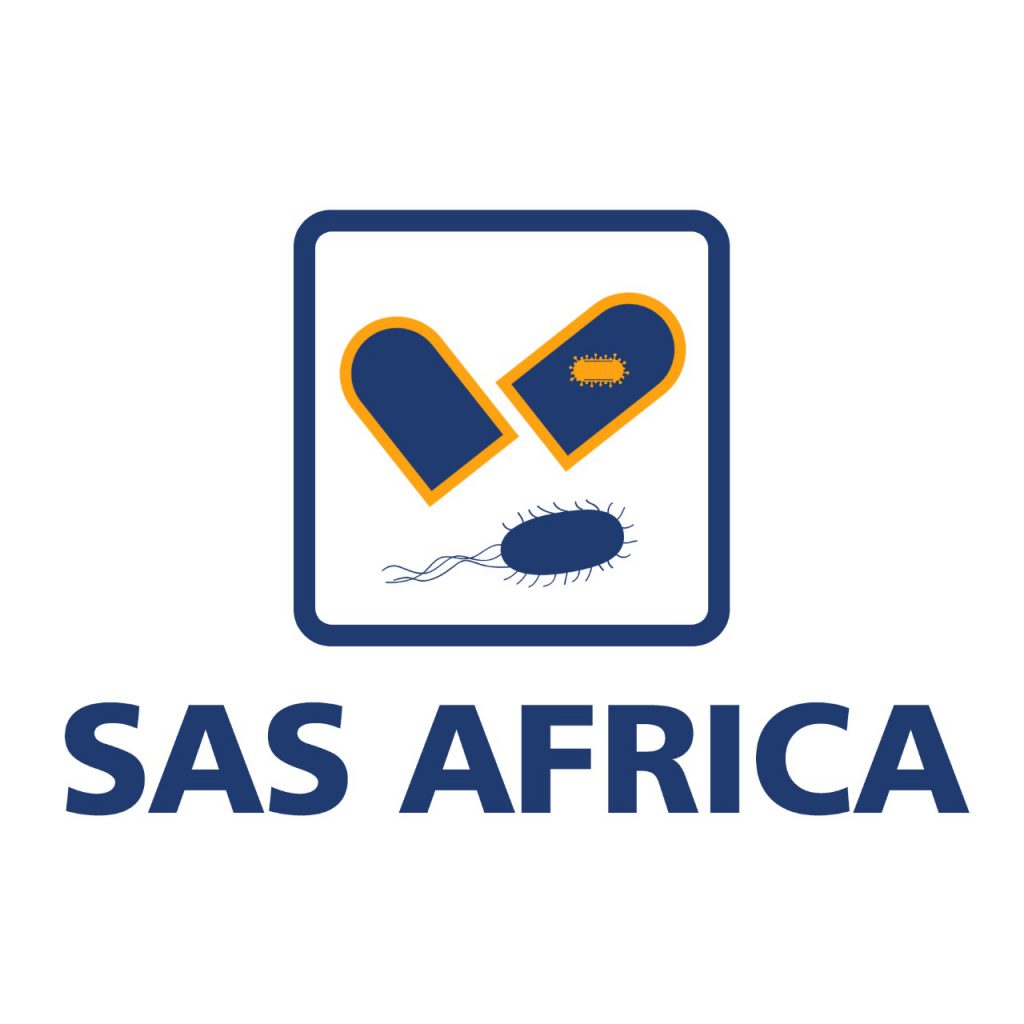With Support From

The AMR Writers and Content Creators Program
Brief Information about the Program
The “AMR Writers/Content Creators” program is a nine-month program that seeks to nurture students to be experts in article/blog writing and other methods of content creation that are specific to Antimicrobial Resistance and well packaged for selected audiences groups. The program also aims at availing a platform where the students and early careers can engage in experiential learning by publishing reviewed articles, developing and sharing other content materials about their interest topics on Antimicrobial Resistance. This strategy will stimulate the dissemination of information on Antimicrobial Resistance and trigger participants’ interest in generating targeted information that is easily understandable and interesting to the target audience. The participants will then be challenged to share their learnings with students and peers, and sustain their engagement in creating awareness and undertaking research in the AMR field to generate a ripple effect from the program.
Objectives of the Program
- Nurture young leaders who can motivate, inspire and train other young people in their respective countries on research and writing, triggering a ripple effect within this field in Africa.
- Inculcate skills among the participants that can help generate more effective communication strategies to raise awareness, and share knowledge about Antimicrobial Resistance.
- Encourage cross-pollination of ideas and provide a platform where like-minded and highly motivated students from different African countries can engage collaboratively in highly targeted research and content-creation on Antimicrobial Resistance.
- Demystify the language problem associated with Antimicrobial Resistance and design innovative communication strategies which can influence behavioral change in the African context.
Engagement and Learning Methodologies
Activities of the Program
This is an intensive part-time program where participants commit at least 6 hours every week during the weekdays and at least 3 hours during the weekends. The program employed a mixed-method learning approach which involves:
- Remote learning; enrolling and studying designated AMR and Writing Courses and reviewing weekly readings and publications during the week to improve the overall understanding of key concepts.
- Weekly discussions; to review the remote learning materials, share key learnings, brainstorm and ideate on potential interventions for problems identified, and cross-pollination of ideas.
- Lecture Sessions with experts; to complement discussions and remote learning to reinforce some of the key concepts, and facilitate sharing of experiences.
- Experiential learning; engaging in blog writing, article writing, developing research papers, and Infographics which are reviewed by experts and feedback shared to ensure continued growth and improvement.
- Mentorship sessions; to guide the participants in their experiential learning exploits and share insights on how to nurture and position oneself in the different sectors covered in the program.
- Group Projects; promote the development of teamwork skills, complimenting on individuals’ professional expertise, and enshrine project management and leadership skills.
Program Mentors/Advisors
Program Coordinators
Participants of the Program
Participants' Articles

Threats of Antimicrobial Resistance (AMR) in Pediatrics
By Jimmy Nkaiwuatei & Janice Odhiambo For correspondence: odhiamboosumba001@gmail.com (Janice) & jimmynkaiwuatei@gmail.com (Jimmy) Background Antimicrobial resistance (AMR) is a severe

Education maybe the key to an antimicrobial resistant free generation
By Ngoni Veddie Muzondo What if there exists a generation free of bacteria (or microorganisms) resistant to antibiotics (Cars, 2015)?

Is it Really Popular? Examining the Popularity of Antimicrobial Resistance on The National Agenda of Uganda
By Jonathan Babuya For correspondence: jonathanbabuya2@gmail.com Antimicrobial resistance (AMR) occurs when bacteria, viruses, fungi and parasites evolve over time and

